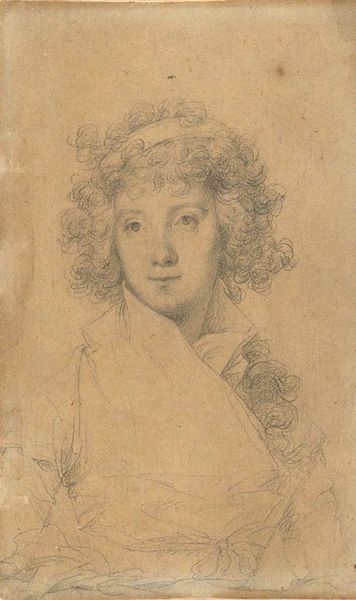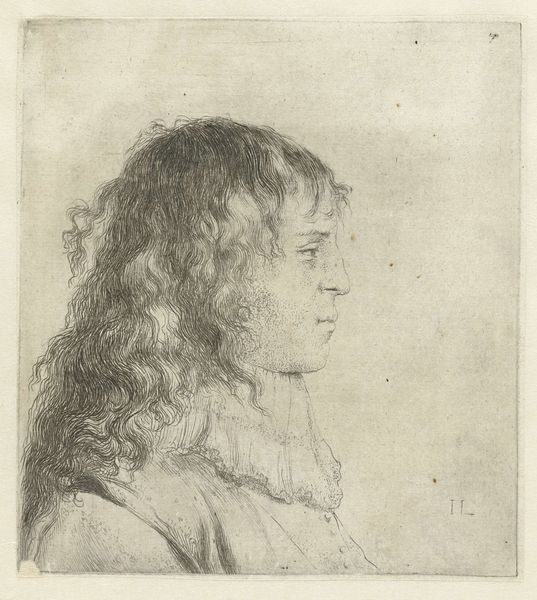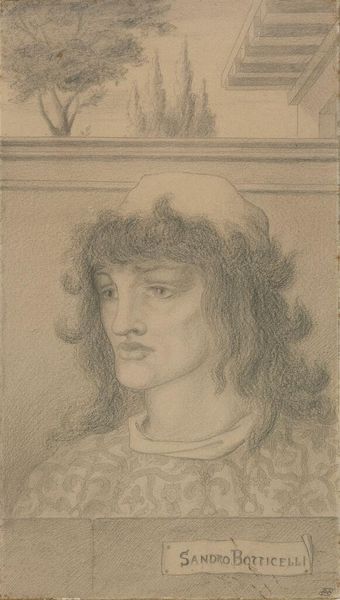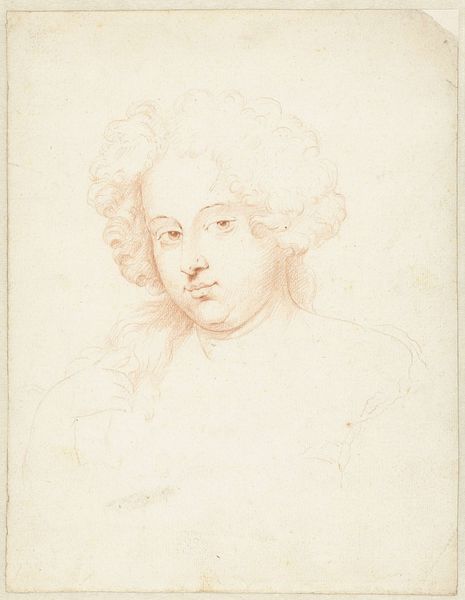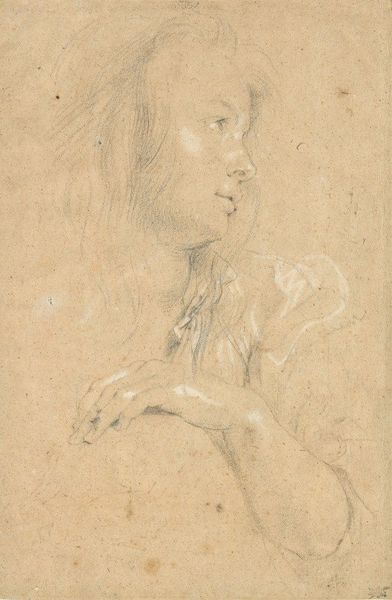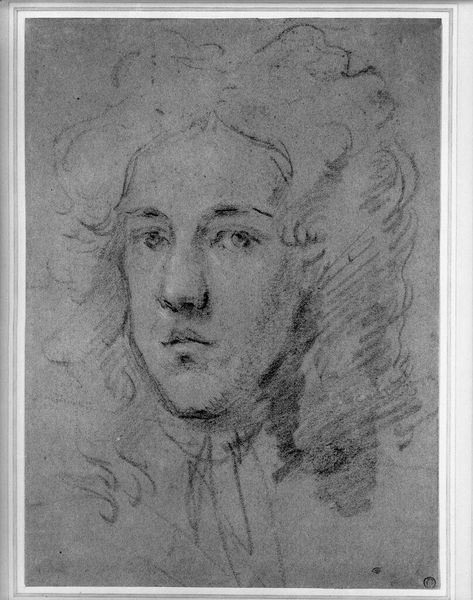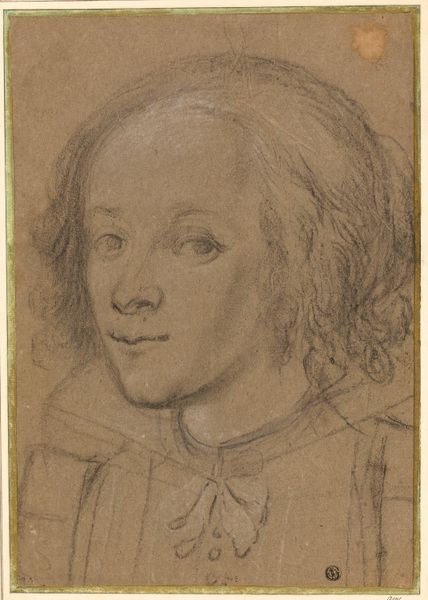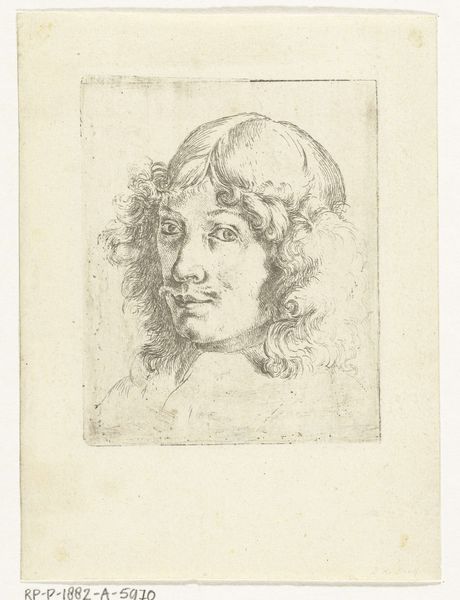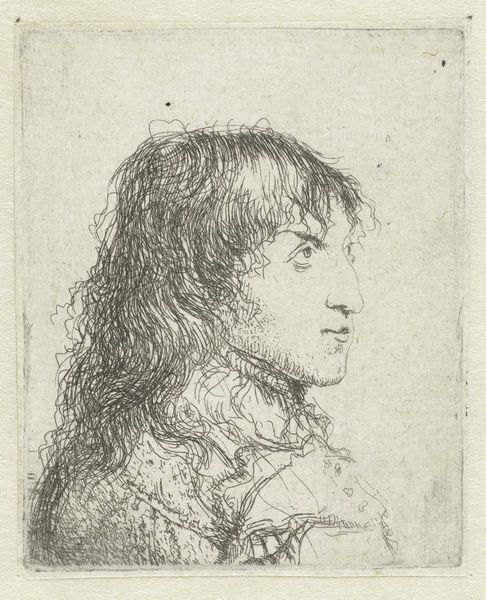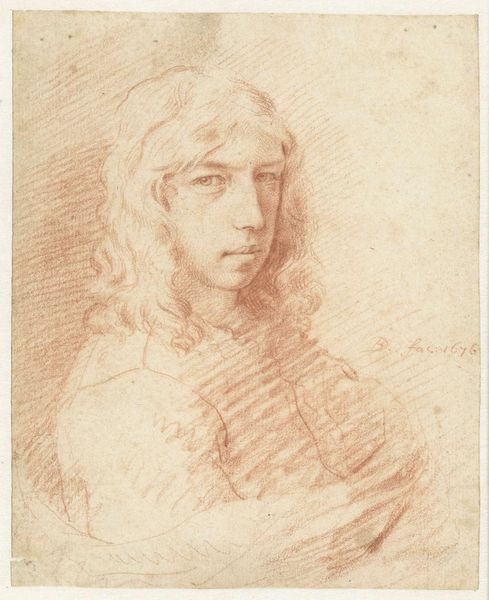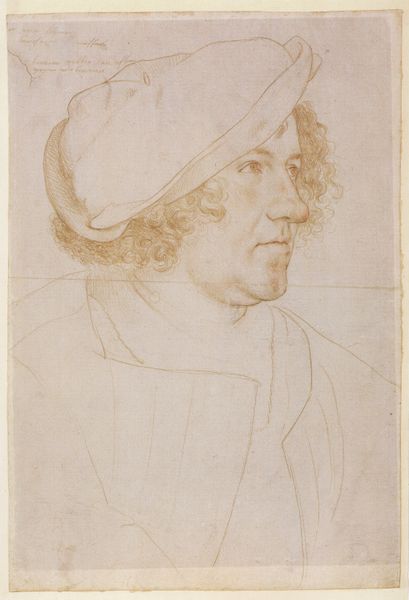
drawing, pencil
#
portrait
#
drawing
#
baroque
#
pencil
Copyright: Public Domain: Artvee
Curator: Looking at "Portrait Study," a drawing by Anthony van Dyck, created between 1635 and 1641, I'm immediately struck by the fragility and tentative nature of the lines. Editor: Yes, there's something remarkably vulnerable in the subject's gaze and the ethereal quality achieved by the pencil on paper. The subject's direct, almost pleading eyes suggest a complex inner life rarely afforded to figures of the Baroque era. Curator: Absolutely, we must consider Van Dyck's position as a leading portraitist of the English aristocracy during this period. The political and social climate of the time certainly shaped the way his subjects wished to be seen – or perhaps how Van Dyck wished to portray them for his patrons' approval. Editor: It's interesting to think about the power dynamics inherent in portraiture during this period. While Van Dyck was certainly in demand among the elite, I wonder how much agency the sitter truly had in shaping their own image. Could this be a reflection of some of that vulnerability and maybe a touch of discomfort or powerlessness? The very unfinished quality lends itself to these sorts of considerations. Curator: That's a valid point. This isn't a fully realized painting intended for public display. As a study, it allows us a glimpse into Van Dyck's process and the social transactions of portraiture itself, how these images, especially of powerful figures, functioned to cement specific narratives of control. Editor: And that ambiguity is exactly what I find compelling about this study. It prompts us to consider the narratives that art constructs and sometimes obscures. It asks a modern viewer like myself to engage critically with a historical artifact, and also wonder who this person truly was. Curator: It's fascinating to reflect on these images through a contemporary lens, and just how social standing of individuals, who are lost in time, affect the legacy they have left for future generations to uncover. Editor: Indeed. Thank you. This work is more than a study; it is an invitation to understand the complex intersections of power, identity, and representation.
Comments
No comments
Be the first to comment and join the conversation on the ultimate creative platform.
